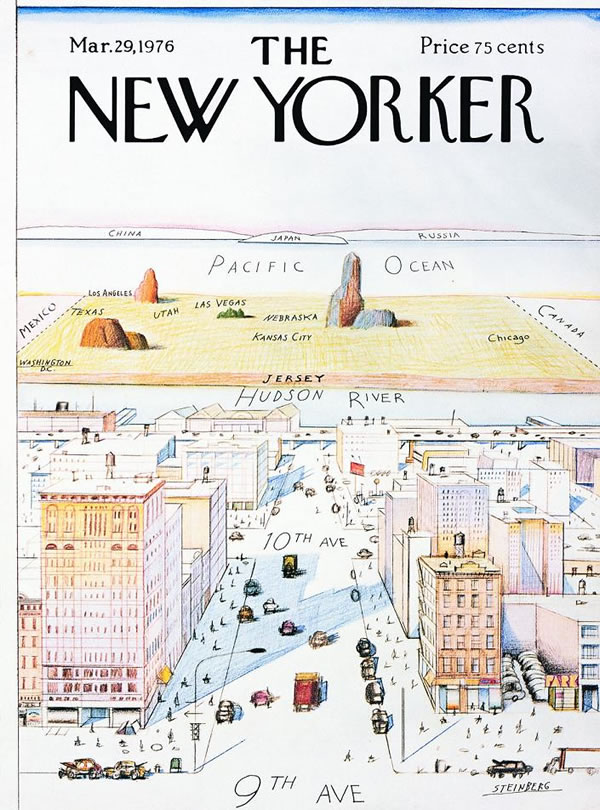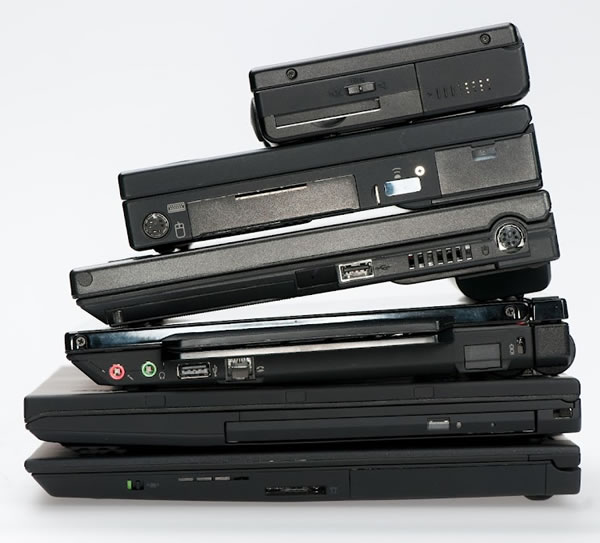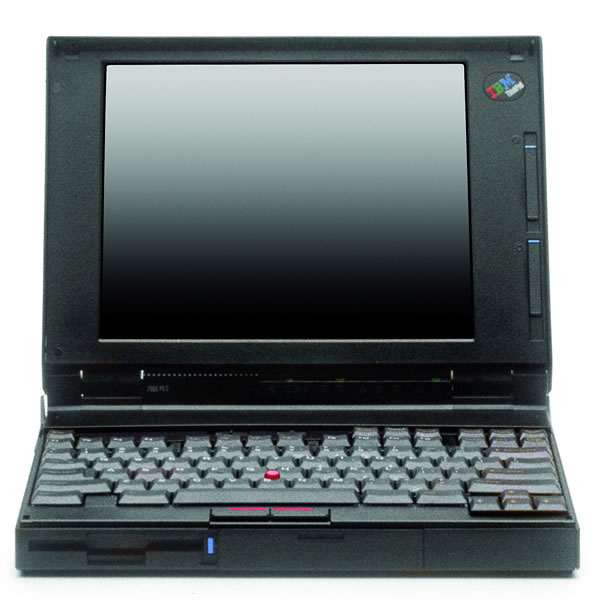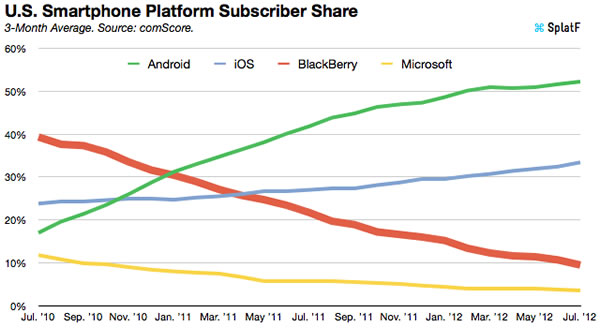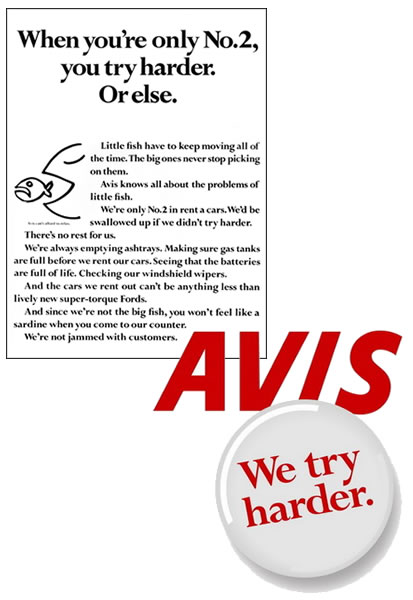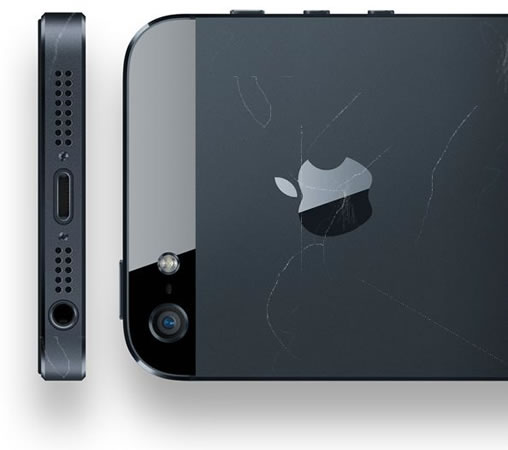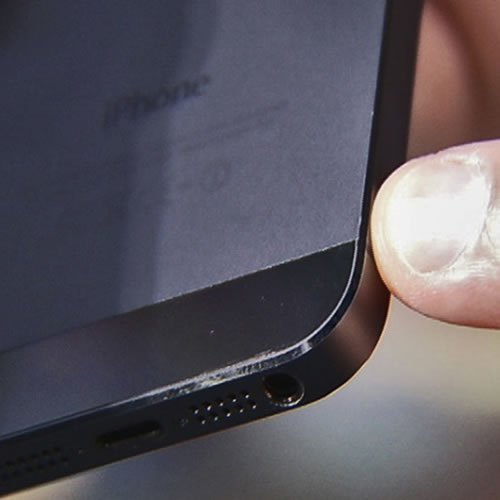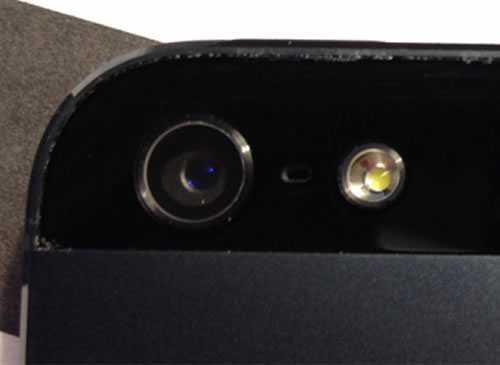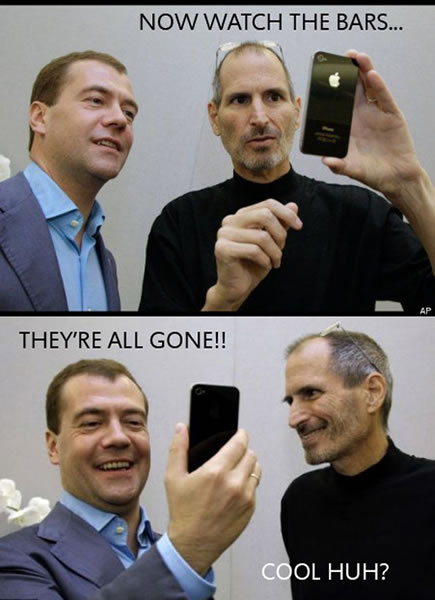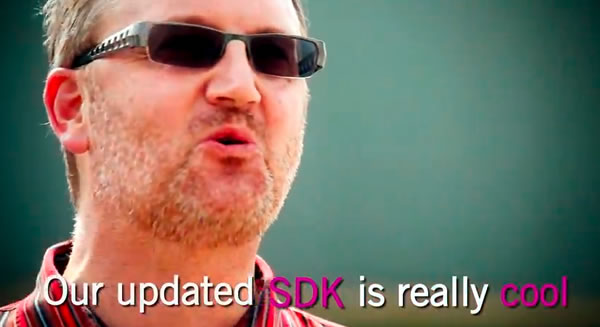See the update at the end of the article.
 Microsoft has a George Constanza Problem. In the 1990s TV series Seinfeld, the perennial loser came upon his biggest winning streak in life happened when he decided to do the exact opposite of what his instincts told him to do. They should’ve not had Machine Gun Kelly (a.k.a. “MGK”) perform at the Atlanta Microsoft Store, as the video below shows:
Microsoft has a George Constanza Problem. In the 1990s TV series Seinfeld, the perennial loser came upon his biggest winning streak in life happened when he decided to do the exact opposite of what his instincts told him to do. They should’ve not had Machine Gun Kelly (a.k.a. “MGK”) perform at the Atlanta Microsoft Store, as the video below shows:
I’ve seen musicians perform at Microsoft stores before, but which decision maker thought that a performance by MGK would end well? They could’ve Binged the search term “Machine Gun Kelly lyrics” and easily discovered the lyrics to his single, Hold On:
I don’t gang bang, hoe, I just gang bang these hoes
And I keep like eight jays rolled, then I face them after my shows
And I got your main thing bro, on my dangalang when she swinging like an urangutan
But you don’t really want a part of me, ‘cause everyone of my boys bang around.
Cocaine, cocaine, my skin white like cocaine, marked up like them ol’ trains
And I keep it hood, but this low mayne
Propane, propane, spark that shit like propane, I’m on east side of my domain
But ya’ll kick more shit than Liu Kang.
(I’ve gotta give MGK some props for referencing Mortal Kombat.)
According to The Verge, MGK hopped on the display tables, kicked off some signs and a few laptops and was hauled away with the assistance of police.
This is a bad judgement call on a level you normally don’t see outside of characters from the Grand Theft Auto videogames. To use Microsoft parlance, “someone’s gonna get PIPped.”
Update
Buzzfeed, who also covered this story, got an email from Microsoft which had this statement:
On Sept. 28, The Source held a private event at the Microsoft Lenox Square Store. We offer our stores as a venue for the community to use, and this event was not sponsored by Microsoft.
While the artist’s behavior was appropriate for a concert, some of it was not appropriate in a store environment. Please contact The Source for further information on the event itself.
That makes more sense. Had I been the store manager, I’d have put away most of the laptops on display.
